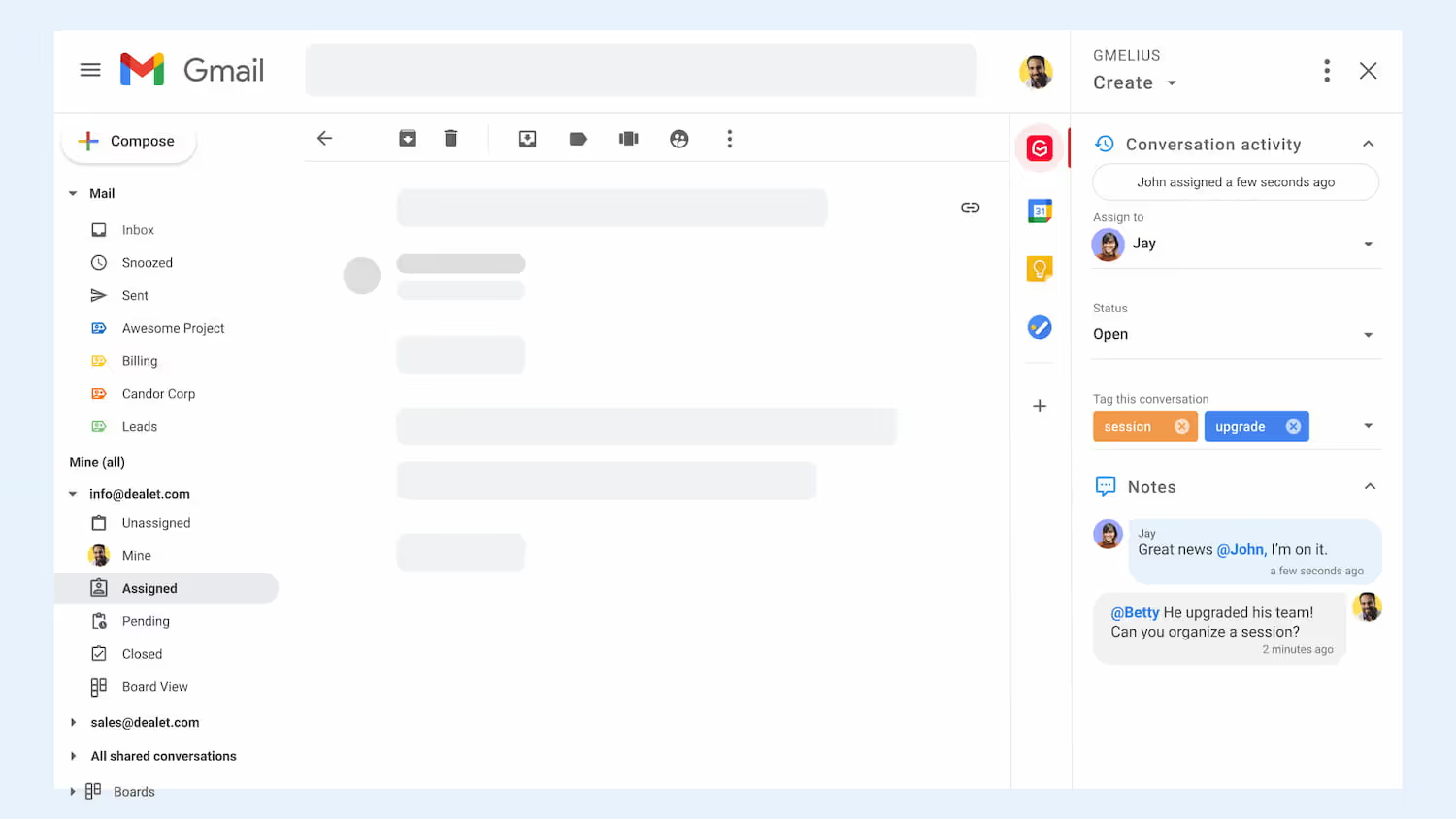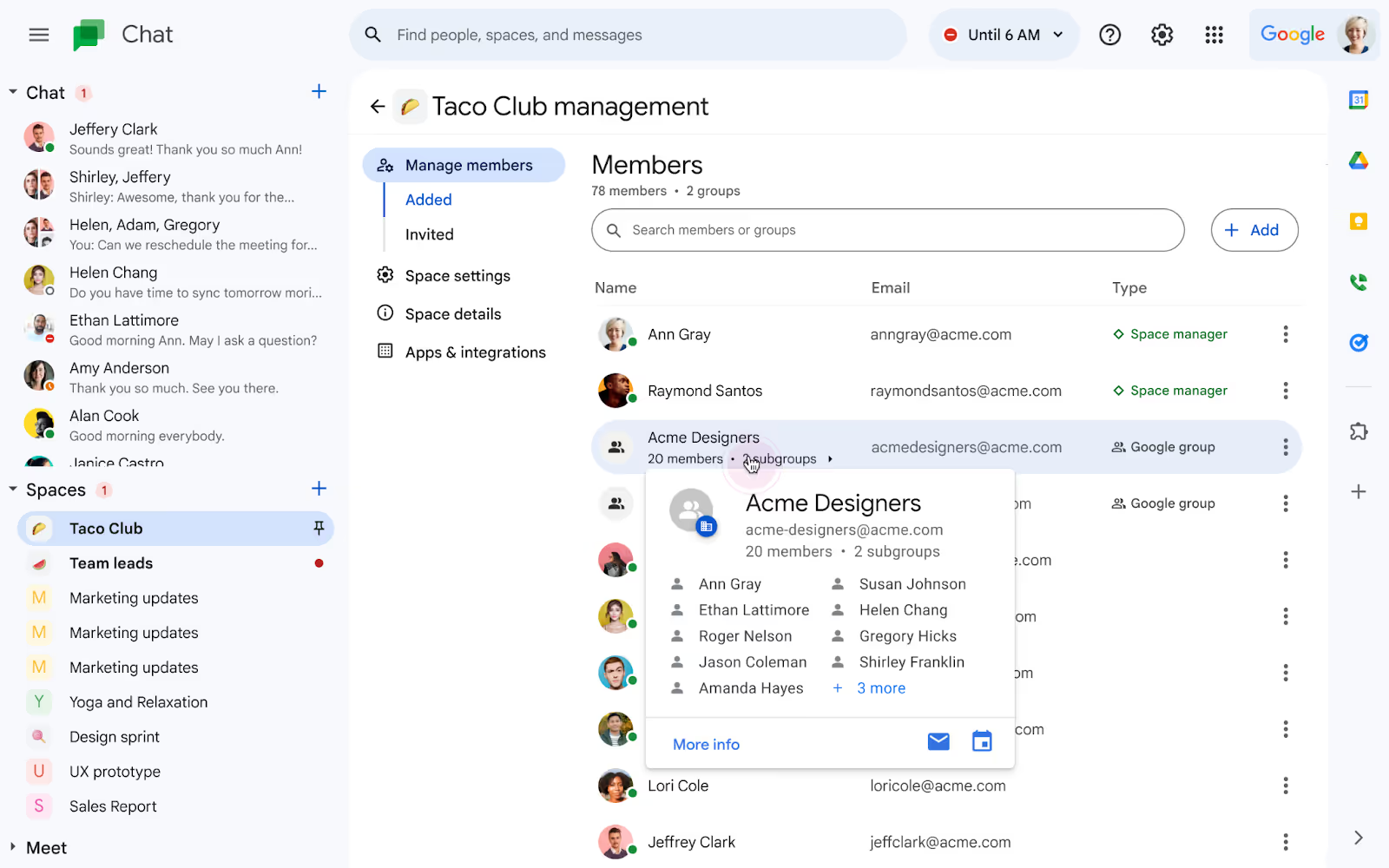Email is undoubtedly one of the communication tools most widely used in business. Despite the growing popularity of other communication platforms like Zoom and instant messaging, email is still the top choice for teams that need to communicate throughout the workday. Because this asynchronous communication mode remains so popular, you may find yourself seeking the best possible email solution for your team.
Given the need for team collaboration as remote and hybrid working conditions evolve, a shared inbox solution may be just what you need. But it’s important to weigh shared inbox pros and cons before deciding to implement a solution for the long haul.
Why Shared Inboxes?
Shared inboxes are best for teams who need to manage a company email address together—for example, a sales@ or support@ account. They are collaborative by nature, offering teams many benefits, including centralized communication for groups of all sizes. Reading, responding to, and managing emails can be a cumbersome task that is difficult to get done quickly. Shared inboxes allow teams to tackle the incoming workload together.
Standard email inboxes fall short because they lack transparency for teams addressing emails collaboratively. They often leave team members in the dark about an email’s resolution and they run the risk of duplicate responses due to unclear accountability.
Shared inboxes help fix these issues by empowering teams to collaborate in order to remove silos, create transparency, and increase productivity. Every member can view the same emails and, in some cases, assign messages to ensure the right person addresses emails in a timely fashion.
Ready to enjoy the perks of shared inboxes? Try Gmelius for free.
Shared Inbox Pros and Cons
Shared inboxes offer many advantages for teams of all sizes, but they are not without drawbacks, depending on the configuration of your particular solution. Every shared inbox solution varies, in terms of the features and tools available. Perhaps your team is already using a collaborative email solution, but the functionality is insufficient. Since email management is critical for many organizations, using the right email platform is essential.
Some qualities in favor of and against (pros and cons) shared inboxes include:
There is no shortage of benefits for those using a shared inbox; however, not every feature is perfect for every team. For example, a shared inbox may not be an ideal solution if you are not comfortable with multiple team members having access to the same email address. In addition, many people do not use shared inboxes correctly, which can cause negative reactions to this type of email management.
Here are some common cons, or arguments against, shared inboxes:
Shared inboxes work very well if used properly. If you are considering a shared inbox or find your organization suffers from a disorganized structure, here are some simple tips to help you get on top of your email management.
Define Ownership Immediately
When setting up a shared inbox, define ownership among your staff immediately. Management can determine who will be invited to use the shared inbox. Notifying team members of their individual responsibilities and clearly defining those roles through training will help develop an organized infrastructure without bottlenecks.

In addition to clear labels, Gmelius also offers a way for teams to add statuses, tags, and email notes for further information or context. There is no confusion regarding responsibility, and teams can always lean on their colleagues for additional support. Gmelius is the ultimate collaboration platform, offering clear communication for everyone.
Evenly Distribute Workload
Remote work presents many opportunities to leave employees feeling overworked. It is often difficult for employees to disconnect when their office also occupies their living space. While increased productivity may be high on the list of pros for remote working positions, the danger of feeling overworked is never far behind. Using an email platform that displays a team’s workload distribution can help avoid overloading employees with too many assignments.

Team analytics can be a game-changer for some organizations. They not only help managers see the number of emails assigned per user, but they also help fine-tune performance with details on each employee's strengths and weaknesses.
For example, managers can see the number of emails closed and how long it took each team member to close them. Ensuring even workloads helps management avoid employee burnout and reduce stress. It also shows employees that you care about their well-being, ultimately creating a healthier work environment for everyone.

Managers can filter by shared inbox or by a shared label. You can then filter analytics by workspace, period of time, or by tag. Managers can view actionable insights on specific projects or clients to improve internal operations and achieve project goals.
When you conduct research before choosing a business email solution, you help set your team up for success. By using Gmelius as your shared inbox solution, you’ll receive all the benefits of a collaborative solution.
Gmelius is built to improve team communication and collaboration. Ready to get started?
Sign up today!




.avif)


.avif)